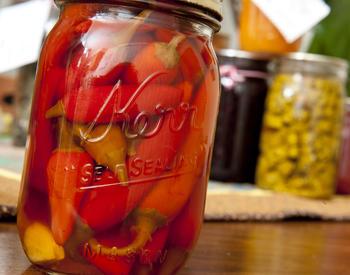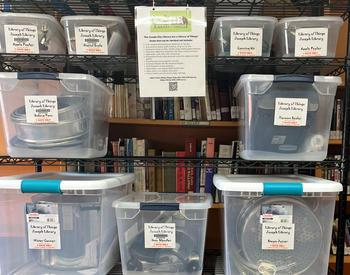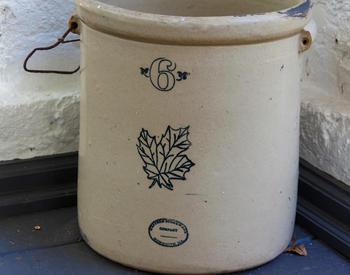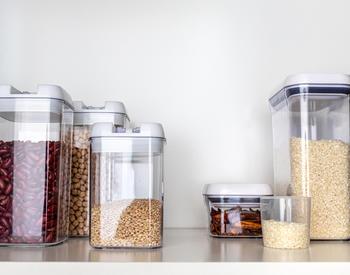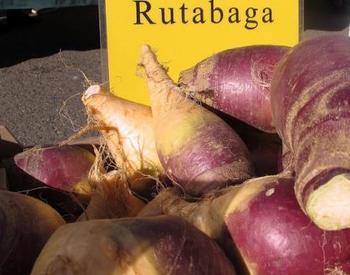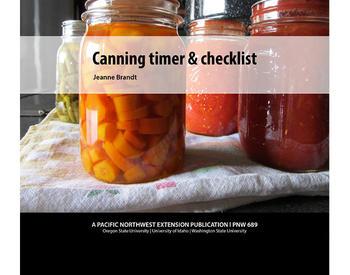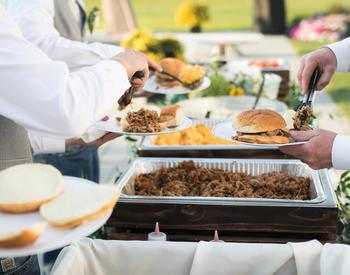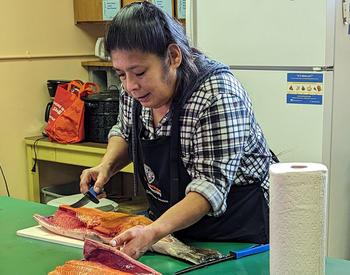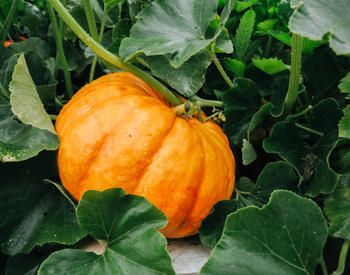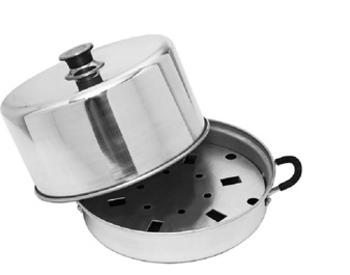Download this publication as a PDF
Beans are often a family favorite. To preserve them, select young, tender beans that are free from mold and decay.
It takes about 1½ to 2½ pounds of beans to fill a quart jar. A bushel of beans weighs approximately 30 pounds and yields 12–20 quarts. Beans may be canned, frozen, dried, and pickled.
Canning
Wash beans and trim ends. Leave whole or cut into 1-inch pieces.
Beans must be processed in a pressure canner at 240°F (10 pounds pressure with a weighted gauge; 11 pounds with a dial gauge). For time adjustments if you live above 1,000 feet in altitude, see Canning Vegetables (PNW 172), page 11.
After processing, remove canner from heat and wait until pressure returns to zero. Remove weight or slowly open petcock. Wait 10 minutes. Unfasten canner lid and remove it carefully.
Use either the hot or raw pack method:
Hot packCover the beans with boiling water and boil for 5 minutes. Pack hot beans loosely in jars. Add salt, if desired (½ teaspoon per pint; 1 teaspoon per quart). Cover with boiling water, leaving 1 inch headspace.
Remove air bubbles by running a plastic spatula or blunt knife between the jar and the food. Wipe rims, adjust lids and process in a pressure canner. Follow manufacturer’s directions for venting and operation.
Process 240°F: pints for 20 minutes; quarts for 25 minutes. After processing, take canner off heat. Remove lid. Wait 5 minutes before removing jars.
Raw pack
Pack beans tightly into jars. Add salt, if desired. Cover beans with boiling water, leaving 1 inch headspace.
Remove air bubbles. Wipe rims, adjust lids, and process in a pressure canner.
Process at 240°F: pints for 20 minutes; quarts for 25 minutes. After processing, take canner off heat. Remove lid. Wait 5 minutes before removing jars.
For an added margin of safety, boil all home-canned vegetables for at least 10 minutes before tasting.
Freezing
Wash and trim ends of beans. Cut or break into suitable pieces or slice lengthwise.
Blanch beans for 3 minutes in boiling water. (Allow 1 gallon of water for each pound of vegetables.) Cool promptly in ice water. Drain and pack in moisture/vapor-resistant freezer containers. Seal and store at 0°F. or below for best quality.
Drying
Wash and trim ends of beans. Slice diagonally or lengthwise to expose more surface area. Blanch in boiling water for 3–4 minutes or steam-blanch for 4–6 minutes.
Spread beans in thin layer on drying trays. Dry until brittle in the sun or in the oven or dehydrator at 140°F.
Dried beans can be reconstituted and added to soups, stews or casseroles.
Pickling
Pickled Dilled Beans (Yield: about 8 pints)
- 4 pounds fresh tender green or yellow beans (5-6 inches long)
- 8–16 heads fresh dill
- 8 cloves garlic (optional)
- ½ cup canning or pickling salt
- 4 cups white vinegar (5% acidity)
- 4 cups water
- 1 tsp. hot red-pepper flakes (optional)
Procedure – Sterilize jars. Place jars right side up in boiling water canner. Fill canner and jars with hot, boiling water to 1 inch above tops of jars. Boil 10 minutes.
Wash and trim ends from beans, cut into 4-inch lengths. In each sterile pint jar, place 1 or 2 heads dill and one clove garlic. Place beans upright in jars leaving ½-inch head space.
Combine water, vinegar, salt and pepper flakes. Bring to a boil. Pour hot brine over beans leaving ½-inch head space. Adjust lids. Process 5 minutes in boiling water canner. Adjust time for altitudes over 1,000 ft–3,000 ft, 10 minutes; over 6,000 ft, 15 minutes. After processing, take canner off heat. Remove lid. Wait 5 minutes before removing jars.
For additional information on preserving beans, contact your local county Extension office.
Source: OSU Master Food Preserver Program
